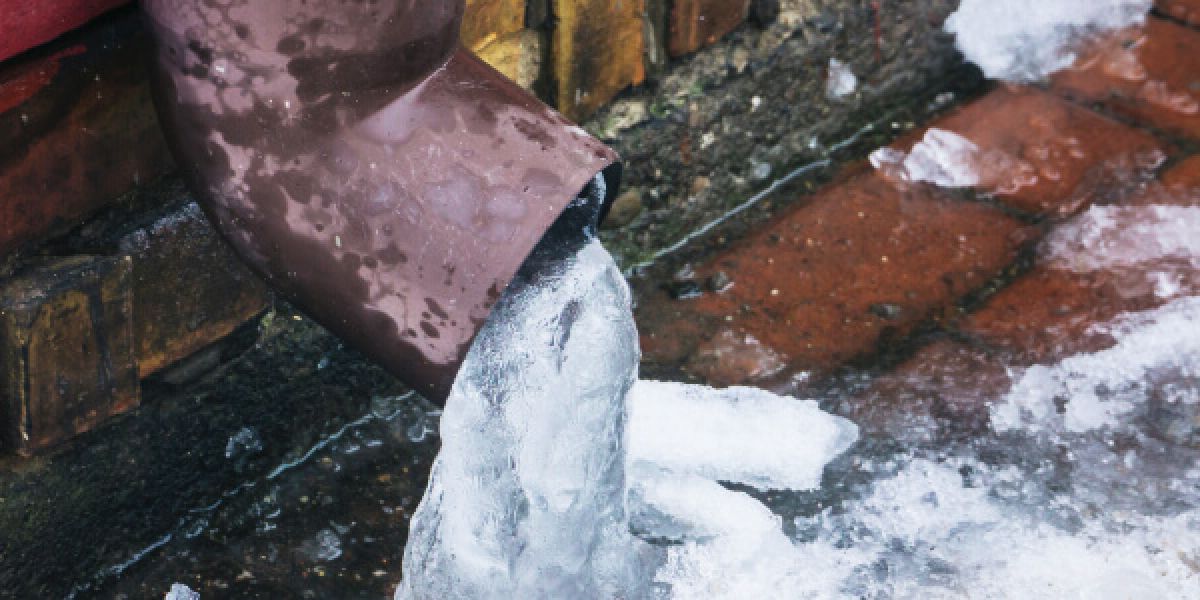What're your ideas on How to prepare your home plumbing for winter weather?

Cold weather can damage your pipes, specifically by freezing pipes. Here's just how to stop it from taking place and what to do if it does.
Introduction
As temperatures drop, the danger of frozen pipelines boosts, potentially resulting in pricey repair services and water damage. Recognizing how to stop frozen pipelines is essential for home owners in chilly environments.
Prevention Tips
Protecting at risk pipes
Wrap pipelines in insulation sleeves or make use of heat tape to secure them from freezing temperature levels. Focus on pipes in unheated or outside locations of the home.
Home heating strategies
Keep interior spaces appropriately heated, especially areas with plumbing. Open cabinet doors to allow warm air to circulate around pipes under sinks.
How to identify frozen pipes
Look for decreased water circulation from taps, uncommon smells or sounds from pipelines, and noticeable frost on subjected pipes.
Long-Term Solutions
Structural adjustments
Take into consideration rerouting pipelines away from exterior wall surfaces or unheated locations. Add extra insulation to attics, cellars, and crawl spaces.
Updating insulation
Purchase top notch insulation for pipes, attics, and wall surfaces. Appropriate insulation helps keep constant temperature levels and decreases the danger of frozen pipes.
Shielding Outside Plumbing
Yard hose pipes and exterior faucets
Detach and drain pipes garden tubes before winter months. Install frost-proof faucets or cover exterior faucets with protected caps.
Recognizing Icy Pipelines
What causes pipes to freeze?
Pipelines ice up when revealed to temperatures below 32 ° F (0 ° C) for prolonged durations. As water inside the pipes freezes, it broadens, taxing the pipeline wall surfaces and possibly creating them to rupture.
Risks and damages
Frozen pipes can cause water disturbances, home damage, and costly repair work. Burst pipelines can flooding homes and trigger comprehensive structural damages.
Indications of Frozen Water Lines
Determining icy pipelines early can avoid them from bursting.
What to Do If Your Pipelines Freeze
Immediate actions to take
If you believe icy pipes, keep faucets open to soothe pressure as the ice melts. Use a hairdryer or towels taken in hot water to thaw pipelines gradually.
Final thought
Protecting against icy pipes needs positive steps and quick actions. By comprehending the reasons, indications, and preventive measures, property owners can secure their pipes during cold weather.
5 Ways to Prevent Frozen Pipes
Drain Outdoor Faucets and Disconnect Hoses
First, close the shut-off valve that controls the flow of water in the pipe to your outdoor faucet. Then, head outside to disconnect and drain your hose and open the outdoor faucet to allow the water to completely drain out of the line. Turn off the faucet when done. Finally, head back to the shut-off valve and drain the remaining water inside the pipe into a bucket or container. Additionally, if you have a home irrigation system, you should consider hiring an expert to clear the system of water each year.
Insulate Pipes
One of the best and most cost-effective methods for preventing frozen water pipes is to wrap your pipes with insulation. This is especially important for areas in your home that aren’t exposed to heat, such as an attic. We suggest using foam sleeves, which can typically be found at your local hardware store.
Keep Heat Running at 65
Your pipes are located inside your walls, and the temperature there is much colder than the rest of the house. To prevent your pipes from freezing, The Insurance Information Institute suggests that you keep your home heated to at least 65 degrees, even when traveling. You may want to invest in smart devices that can keep an eye on the temperature in your home while you’re away.
Leave Water Dripping
Moving water — even a small trickle — can prevent ice from forming inside your pipes. When freezing temps are imminent, start a drip of water from all faucets that serve exposed pipes. Leaving a few faucets running will also help relieve pressure inside the pipes and help prevent a rupture if the water inside freezes.
Open Cupboard Doors
Warm your kitchen and bathroom pipes by opening cupboards and vanities. You should also leave your interior doors ajar to help warm air circulate evenly throughout your home.

Hopefully you liked our part on Preventing and dealing with frozen pipes. Many thanks for taking the time to read our posting. Do you know someone else who is truly interested in the topic? Do not hesitate to promote it. I am grateful for your time. Kindly come by our site back soon.
Call Today